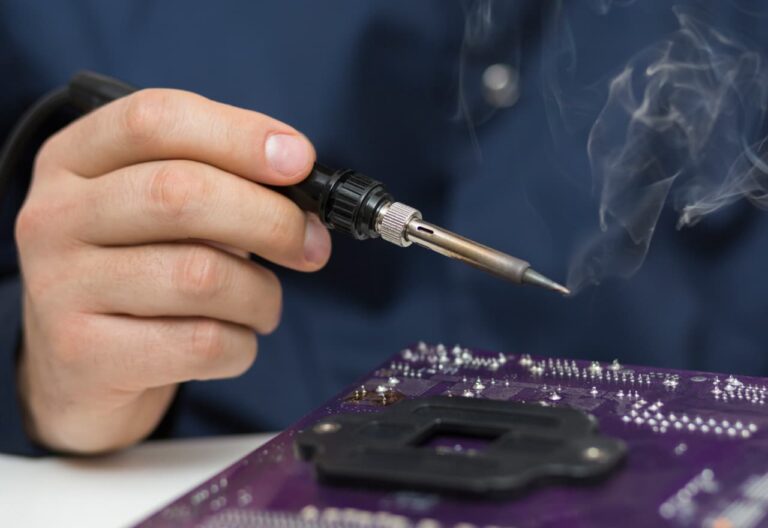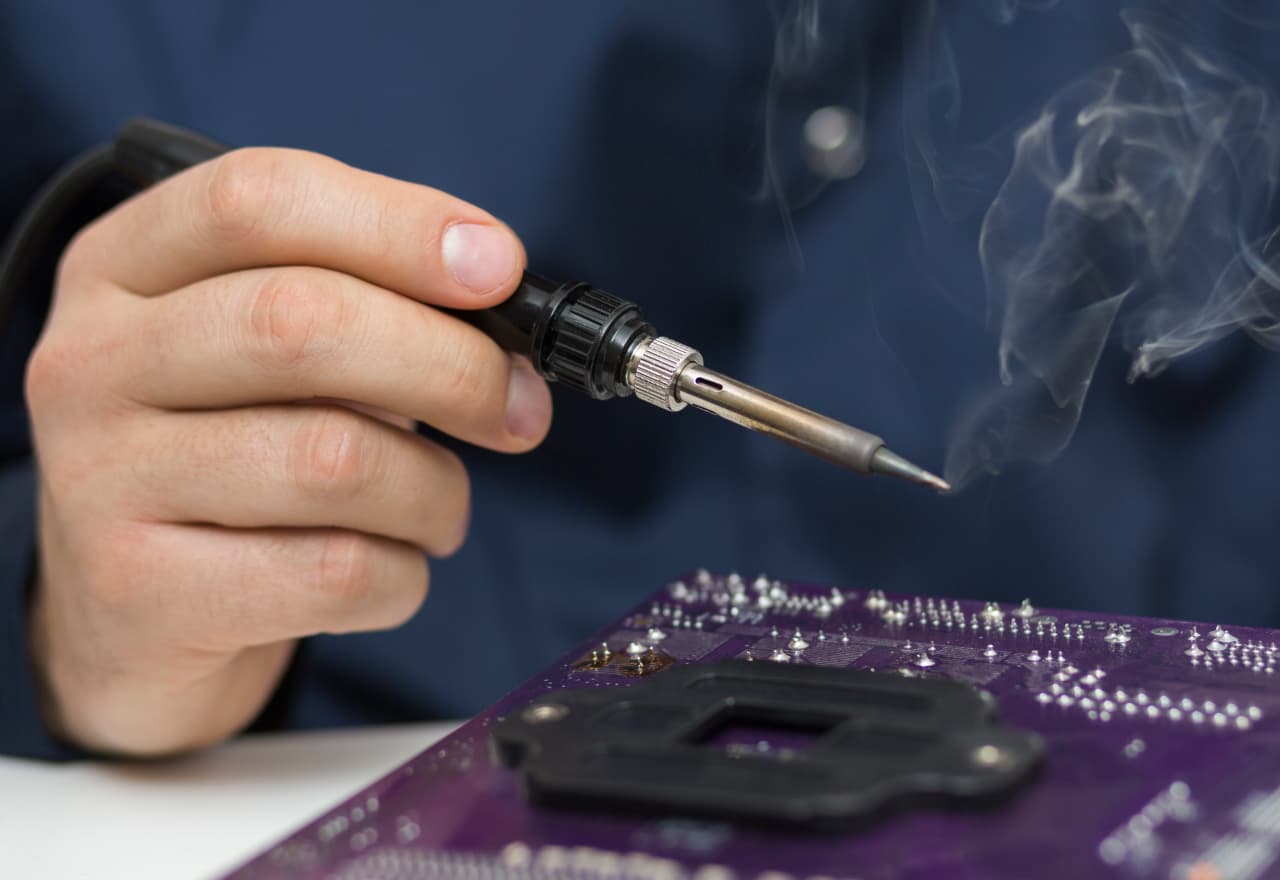Have you ever plugged in a device, and heard a pop, or suddenly gone dark? You are most likely experiencing a short circuit. A short circuit occurs when electricity chooses to take a shortcut, and bypass its route. This can cause an increase in electrical flow that can be dangerous and lead to a fire.
So you may be wondering, what is a short circuit? A short circuit often happens due to damaged wires, loose connections, and internal wires fusing due to water related to your electrical components. When this happens electricity can follow a path it is not supposed to, creates heat, and in some cases smoke.
Recognizing an electrical short circuit and what actually causes it is critical in insulating you from misleading electrical safety options in your home.
Understanding How Electricity Flows
To grasp what a short circuit is, one must first understand how electricity behaves. In a typical circuit, electricity flows as it is designed to, from the source, down the wires, through the appliances, and back to the source. Each of these paths is explicitly designed so that current can deliver its energy reliably to the appliances – for example, a light bulb or refrigerator.
Electrical circuits have a rating that limits the amount of current that can flow; as long as the current does not go above the rating, everything is fine, and neither the appliance nor the circuit wiring/breaker will overheat.
To be clear, there will be a problem when that path or pathways are interrupted, or, a situation arises that provides electricity with an alternative path, or a shortcut.
When electricity gets a shortcut with little to no resistance, the electricity roars through that pathway. It is this inexorable flow of electricity that we refer to as a short circuit. In a short circuit, the current essentially skips the previous limits of the circuit path.
Common Causes of Short Circuits
Short circuits do not occur randomly, but rather are due to physical damage or some element of the environment. The most common cause of electric short circuits is damaged or frayed wires. Wires can be worn down over time because of environmental considerations, age, being bent, or having pests chew on it.
When the wire covering breaks the layers of exposed wires creates the danger of where the electrical components will touch each other or metal. One of the other major causes is due to water. Electricity and water do not mix. When moisture enters the electrical circuit of an outlet, appliance or wiring, it usually provides a conducted path underneath a scenario that electricity was not meant to take.
The practice of assessing the area for moisture is supported by these reasons. Electrical outlets located in environments prone to moisture have circuit interrupters called Ground Fault Circuit Interrupters (GFCIs) which are designed to disconnect power if moisture is detected.
Another unwanted source of electricity to break or spark an electric short circuit can be faulty appliances making it a common practice to disconnect a faulty appliance from a routine electrical inspection.
The Dangers of a Short Circuit
A short circuit is more than simply a hassle; it poses serious threats. When electricity takes an unintended route through a wire, immense amounts of heat are generated in a very short time frame. This can ultimately lead to overheating and melting the wires, as well as possibly igniting a fire.
Electrical fires can rapidly spread and are challenging to extinguish, which is why it’s one of the primary threats associated with short circuits.
Beyond fire risks, when excessive electrical current flows through a circuit, short circuit risks can be realized a few different ways related to your electrical system, and your electrical appliances. Excessive electrical current flowing through a circuit can fry the internal components of your electrical appliance, which could mean purchasing a new one or a costly repair.
This is precisely why circuit breakers exist. They are designed to recognize when a surge of electrical current is present, and to ultimately cut off electricity so just the appliance or electrical device isn’t damaged, or so people don’t get hurt or a fire isn’t caused.
More importantly to your benefit, if you are aware of some short circuit risks, you can proactively work to mitigate them before they happen.
How to Prevent Short Circuits
The most effective way to handle short circuits is by avoiding them altogether. One of the easiest preventive practices is routinely inspecting your electrical wires in your home. If you see any fraying, cracking or exposing of the wires, replacing the wires is an easy way to be cautious.
Additionally, be sure not to overload any outlets and/or power strips that you may be using, since having multiple things plugged in could apply unnecessary stress on your electrical systems and lead to short circuits
.A very important step is to keep moisture away from electrical components. Use covers on outside outlets that are waterproof, do not place electronics near sources of water, and ensure the wiring system of the home meets expected standards.
You may even have some contractors inspect based on their experience regularly. By taking these precautions, you can protect your house, and most importantly your loved ones, from short circuits and other electrical hazards.
Stay Safe and Connected
Short circuits can be more than a hassle—they are also serious, as they can lead to fires, damage to electrical equipment, or even put lives on the line. Understanding the short circuit process and the causes of short circuits are the first step to preventing accidental short circuits.
Keeping an eye on your wiring, avoiding moisture near outlets, and not overloading circuits in your home or workspace can reduce your risk of short circuits.
These simple precautions can greatly aid your electrical system running safely and efficiently. For larger projects, you need a trusted professional.
Site Connect is the best choice to provide tailored and reliable network and electrical solutions for projects of all sizes. Our team can reliably deliver the best solutions to guarantee your electrical and network systems are operating smoothly. Find out more on our website at your convenience and let us help you on your next project.









